A total of 215 tombs that span from the Neolithic Age to the Qing Dynasty (1644-1911) were recently discovered in the city of Linfen, North China's Shanxi Province.
Nearly 1,400 funerary objects, including bronze, iron and pottery wares, have been excavated. The tombs were discovered scattered around 348 relic sites. The ancient tombs cover a wide range of time periods such as the Spring and Autumn Period (770BC-476BC), the Song (960-1279) and Jin (1115-1234) dynasties, as well as the Qing Dynasty.
Fragmented relics discovered at tombs from the Warring States Period (475BC-221BC) are particularity significant as they possess carved symbol patterns or stamped texts showing Chinese characters like shi (city), wang (king) and characters related to "Pingyang," which was the ancient name of Linfen, where the Yao Temple and Yao Mausoleum are located.
The current project was led by archaeologists from institutions such as the Shanxi Institute of Cultural Relics and Archaeology and the Bureau of Culture and Tourism of Xiangfen. The excavation first began in June 2020.
The discovery has provided further evidence that the location was once the capital for the legendary Emperor Yao. Along with Emperor Shun, Emperor Yao is believed to have ruled during a time before existing written records.
According to Chinese historians, Yao originally lived in Shanxi's neighboring province of Hebei. Later he migrated down south and relocated to Pingyang, which he made his capital.
Many Confucian histories praised Yao as one of the models of morality and benevolence, but skeptics of the early 20th century challenged his existence. Now years of archaeological studies are giving the world a closer look at history and proving legends were in fact reality.
"If we can further testify ancient Pingyang existed through material proof, then the Chinese history of Yao and Shun would be changed from a legend to a real historical time," archaeologist Xue Ruiming told the Global Times.
Xue added that the tomb ruins show the site's "historical continuity." He also said that ancient sites around Linfen are not only known to have "rich pottery relics," but also hold great archaeological significance. The Taosi site is another site in the city that has more than 4,000 years of history.
Dating back 4,300 to 3,900 years ago, the Taosi site is a major archaeological spot that has been included in China's national program dedicated to tracing the origin of Chinese civilization. Several notable relics, including a pottery plate decorated with dragon patterns was found at the site's high-level tombs that once belong to local royalty.
A large rammed earth building was also discovered at the site, which was later identified as an ancient observatory, making it the only observatory from prehistoric Chinese civilization ever discovered.













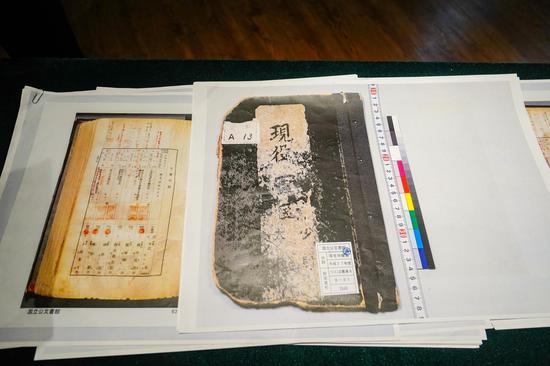





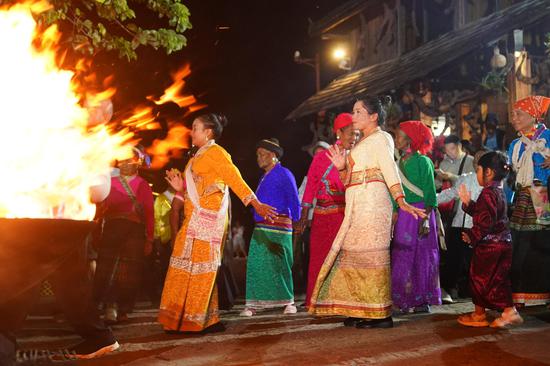

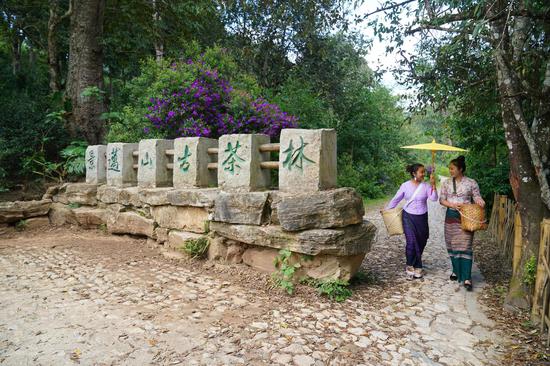




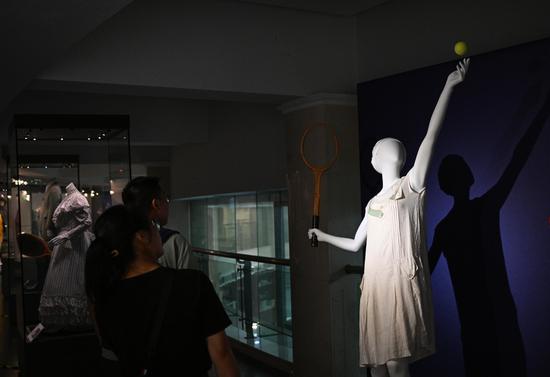


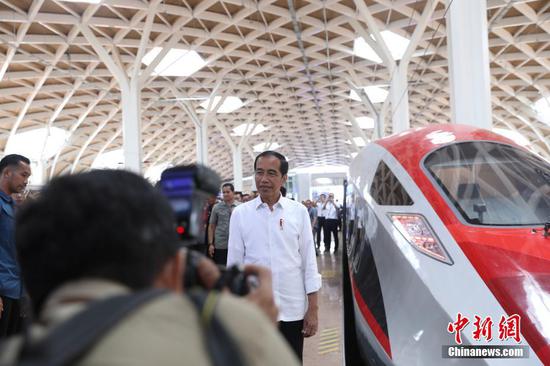










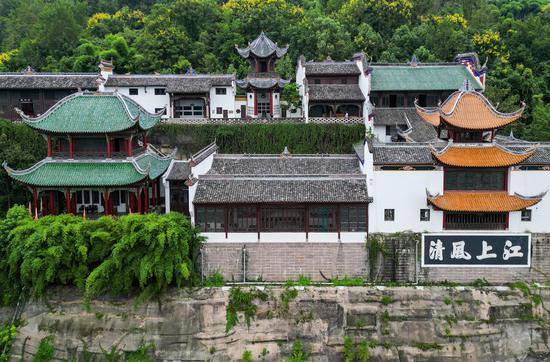





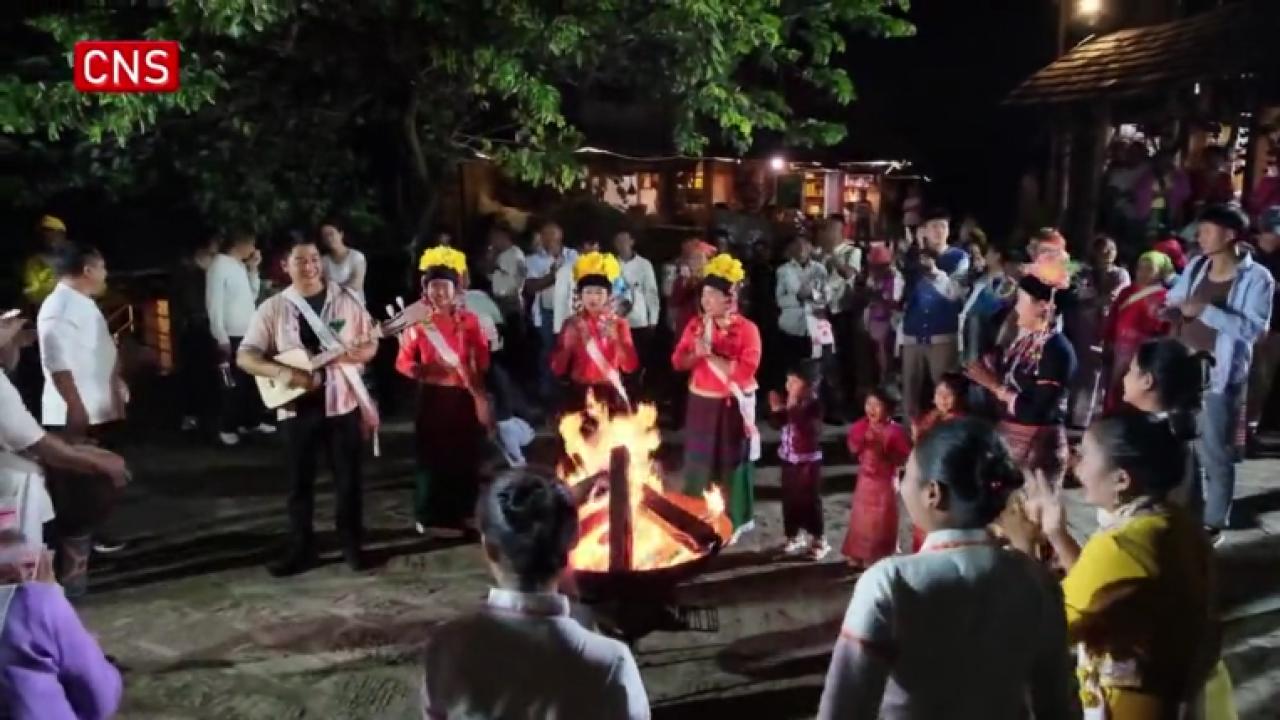



 京公网安备 11010202009201号
京公网安备 11010202009201号